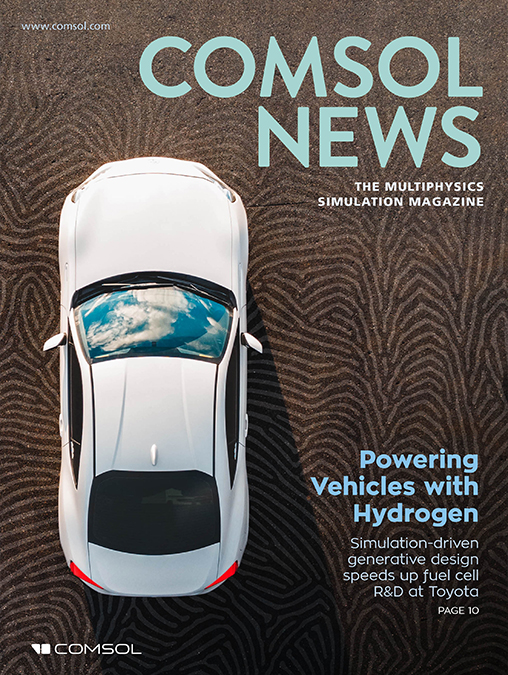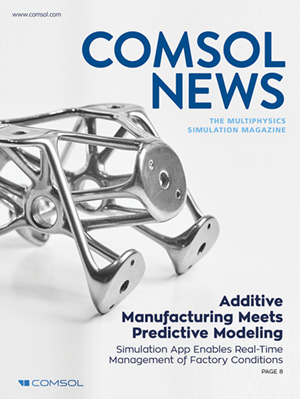Die neuesten Berichte von COMSOL-Anwendern finden Sie in COMSOL News und Multiphysics Simulation.
Baker Hughes erzielt eine Einsparung von 30 % bei den Prototypenentwicklungskosten durch den Einsatz von 3D-Ultraschallsimulationen zur Optimierung von Wandlern, die für die Prüfung von gefördertem Öl und Gas verwendet werden. Mehr lesen
Wood Thilsted, ein führendes Unternehmen im Bereich Offshore-Technik, nutzte Strukturanalysen, um Bootsanlegestellen zu entwerfen, die den unerbittlichen Kräften des Meeres und den häufigen Interaktionen mit 200-Tonnen-Schiffen standhalten können. Mehr lesen
Für die Entwicklung von dreiphasigen Wechselrichtern und Zwischenkreiskondensatoren, zwei integralen Komponenten des Antriebs von Elektrofahrzeugen, hat Bosch thermische und elektromagnetische Simulationen eingesetzt. Im Vergleich zu früheren Designs haben die optimierten Wechselrichter ... Mehr lesen
Allergan Aesthetics is using heat transfer and electromagnetics simulation to enhance CoolSculpting® and CoolTone®, separate noninvasive medical aesthetic procedures designed to eliminate targeted subcutaneous fat and strengthen muscles, respectively. Mehr lesen
Researchers at the University of Bristol modeled the acoustic camouflaging properties of moth wing scales to gain a better understand of the vibroacoustic phenomena at play. Their research could help develop acoustic camouflage techniques for use in other areas. Mehr lesen
The EPFLoop team competed at the 2019 SpaceX Hyperloop Pod Competition with a Hyperloop pod that was half the weight and twice the speed of their 2018 design with the help of composite materials modeling. Mehr lesen
Researchers at the Flemish Institute for Technical Research (VITO/EnergyVille) and KU Leuven developed a model of a semisolid flow battery (SSFB) to predict how flow rate affects particle discharge and how cell voltage changes during the discharge process. Mehr lesen
To optimize a metasurface topology for an optical antenna design, an engineer from the Air Force Institute of Technology (AFIT) is using an optimization algorithm inspired by natural selection, as well as multiphysics simulation. Mehr lesen
EPFLoop, from the Swiss Federal Institute of Technology Lausanne (EPFL), designed their pod for the 2018 SpaceX Hyperloop Pod Competition with the help of multiphysics simulation. They placed in the top three teams worldwide and competed in the final competition in California. Mehr lesen
Stromnetze müssen ordnungsgemäß gewartet werden, um sie vor Systemausfällen zu schützen. Die Ingenieure von ABB verwenden Multiphysik-Simulationen, um Messwandler und Sensoren zu entwickeln, die Überspannungen standhalten und unterirdisch eingesetzt werden können. Mehr lesen













